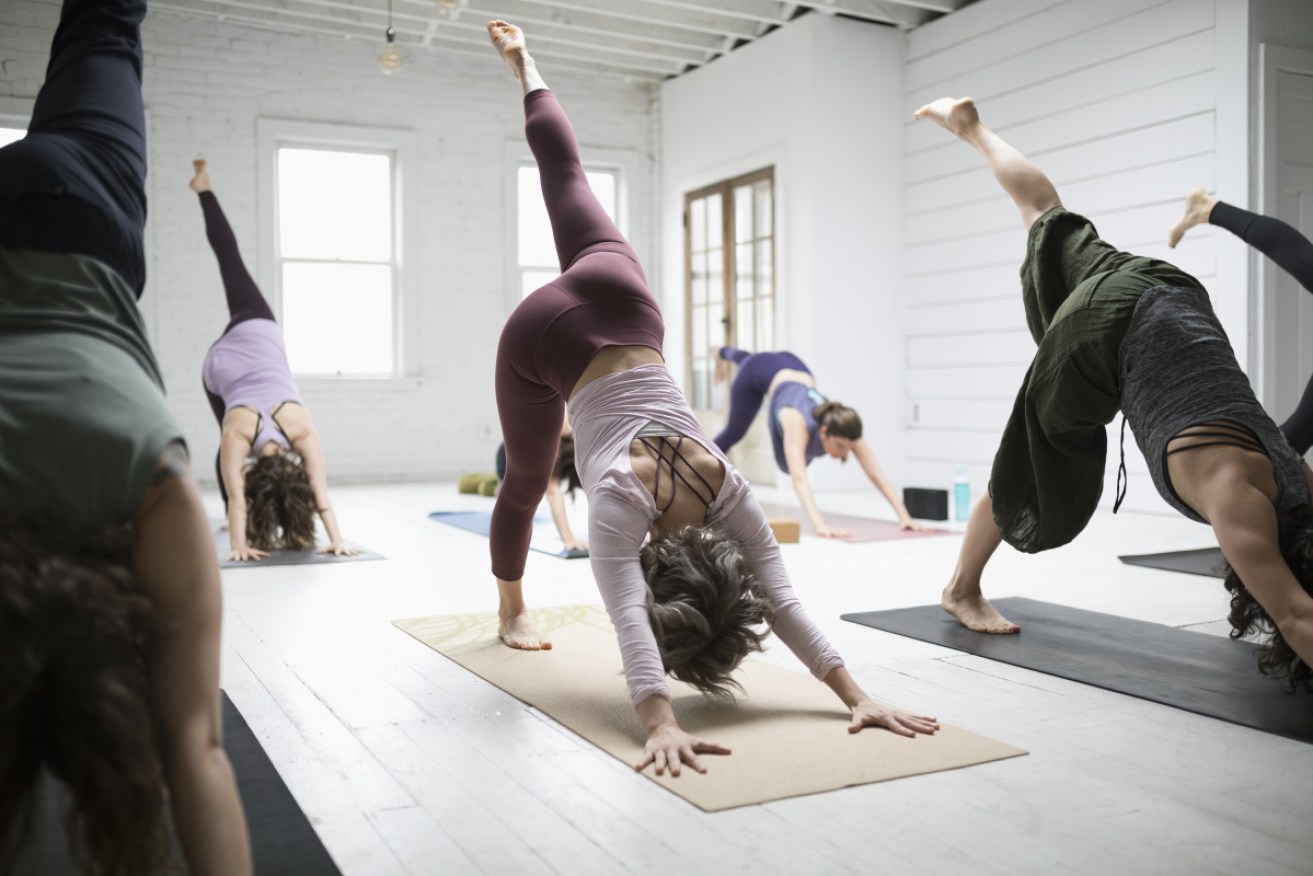Study reveals yoga’s benefits to diabetes sufferers


A study led by Australian and Danish researchers has examined how yoga can lessen the risks of type 2 diabetes. Photo: Getty
As well as giving practisers improved flexibility and a reason to wear leggings in public, researchers have found yoga can help lessen the chances of developing type 2 diabetes.
Australian and Danish researchers have teamed up to examine the results of 14 studies that included yoga as a method to control exisiting or lessen the risks of developing the disease.
So while it was not a strict, single-focus study into the benefits of the practice on type 2 diabetes, researchers say they found enough complementary evidence to say there is a link between downward dogs and a lessened impact of the disease.
The study was undertaken by researchers from Australia’s Charles Darwin University and the University of Copenhagen in Denmark.
The results were released on Thursday in PLOS One.
The process
Researchers started by scanning global published papers that focused on exercise as an intervention technique for type 2 diabetes. They found more than 400,000.
From there, they excluded any that didn’t include yoga and didn’t meet their level of water-tight research, and identified 1230 that warranted in-depth screening.
Those were scanned for myriad of parameters, including the participants.
The chosen studies – 14 in total – meant the participants crossed ages, genders and races, and all were diagnosed as either pre-diabetic, or marked as high-risk for developing the disease.
- Related story: Not-so-sweet: My first two weeks with diabetes
In total, there were 834 participants in the studies. Six of the studies were done in India, four in the US, two in China and one apiece from Sweden and Hong Kong.
The researchers did note the benefits appeared much higher in the Indian studies.
They put this down to India being the origin of yoga, therefore probably having better teachers and teachings.
Participants in the Indian studies were also more likely to do yoga six times a week, as opposed to two to three times in other countries’ trials.

Analysis noted better results from Indian trials, probably due to the quality and quantity of the practise. Photo: Getty
The findings
All 14 studies measured fasting blood glucose (FBG for ease) levels as the primary outcome. These are the bloods tested – typically after an overnight fast – to determine a person’s glucose levels, and assesses if they have pre-diabetes or at a risk of developing type 2 diabetes.
All the studies found a positive control correlation between yoga and a lowered FBG, when pitted against a control group.
However, the four studies that took in measurements of postprandial glucose (the amount of glucose in plasma after eating) and glycosylated hemoglobin (hemoglobin – part of a red blood cell – with glucose attached to it, used to track a longer-term average blood glucose level).
When it came to the lipid profile, which was measured as a secondary outcome, all signs came up positive.
The three parts to the profile – total cholesterol, good and bad cholesterol, and triglycerides – all returned lower readings in the yoga-practising participants, as opposed to the control group.
So in conclusion – yes, yoga has a definite potential to better varying factors associated with pre-diabetes and type 2 diabetes.
However, given it is the first analysis of its kind, the researchers say more randomised controlled trials are needed to fully interpret the long-term benefits of yoga for the disease.








